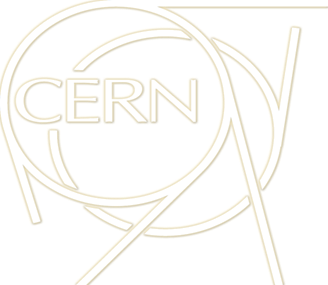

PACMAN Particle Accelerator Components’ Metrology and Alignment to the Nanometre scale. Main aim: improve the accuracy of alignment for the components to be installed in the next generation of particle accelerators.
PACMAN is an Innovative Doctoral Program Network, offering training to 10 Early Stage Researchers hosted by CERN thanks to The European Commission’s FP7 Marie Curie Actions. The human objective of the Marie Curie program is to create a new generation of scientists equipped with a wide-ranging expertise in advanced engineering and instrumentation. The technical objective of the PACMAN project is to develop very high accuracy metrology and alignment tools and validate them in a single automatic test stand integrating all of them. This multidisciplinary research project strengthens the co-operation between the most innovative universities, laboratories and industries of Europe in these fields.
Background
The next generation of particle accelerators will produce a high number of collisions at very high energy or generate the brightest light from light sources. This will require very tight tolerances concerning the position of the components focusing, accelerating or detecting the beam all along the accelerator. These objects are large and heavy, weighting sometimes more than 100 kg and measuring 1m in length or more. They will have to be aligned to within a few microns over a distance of several hundreds of metres. The current state of the art consists of a succession of independent steps that are costly, lengthy and add systematic and random errors at each step.
Scientific goal
PACMAN proposes an alternative solution for a high accuracy alignment of the accelerator components, integrating all the alignment steps in one, with a large number of technologies at the same time and location, in order to gain the required precision and accuracy. A significant number of issues need to be tackled to solve this goal: methods for magnetic measurements to determine the functional axis of magnets of very small aperture need to be developed; new methods to determine the electromagnetic centre of microwave cavities must be proposed; static and portable methods of absolute alignment must be developed; the components will have to be positioned using a nano-positioning system; and seismic sensor must be developed that are compatible with magnetic fields to characterize the environment

